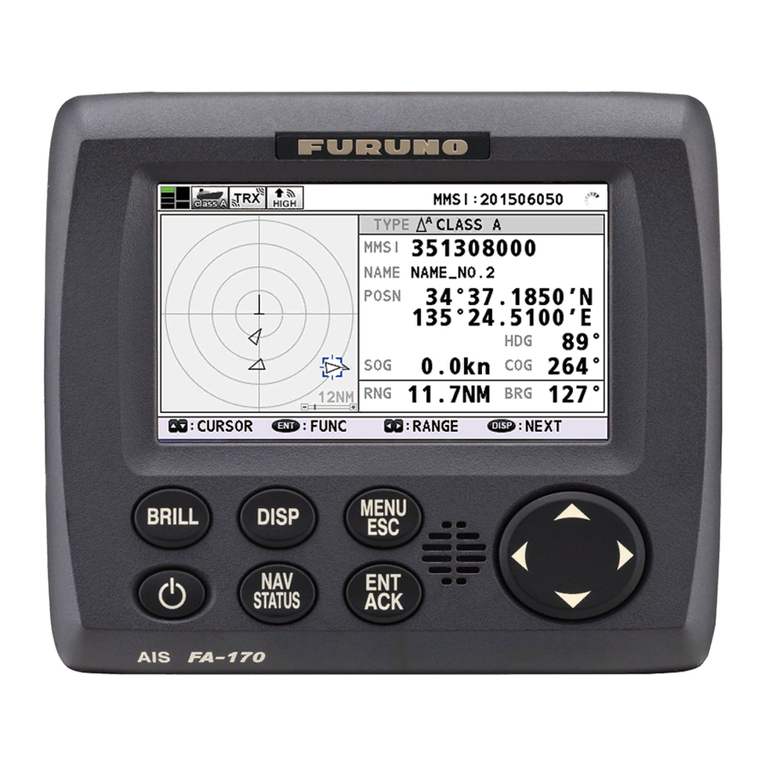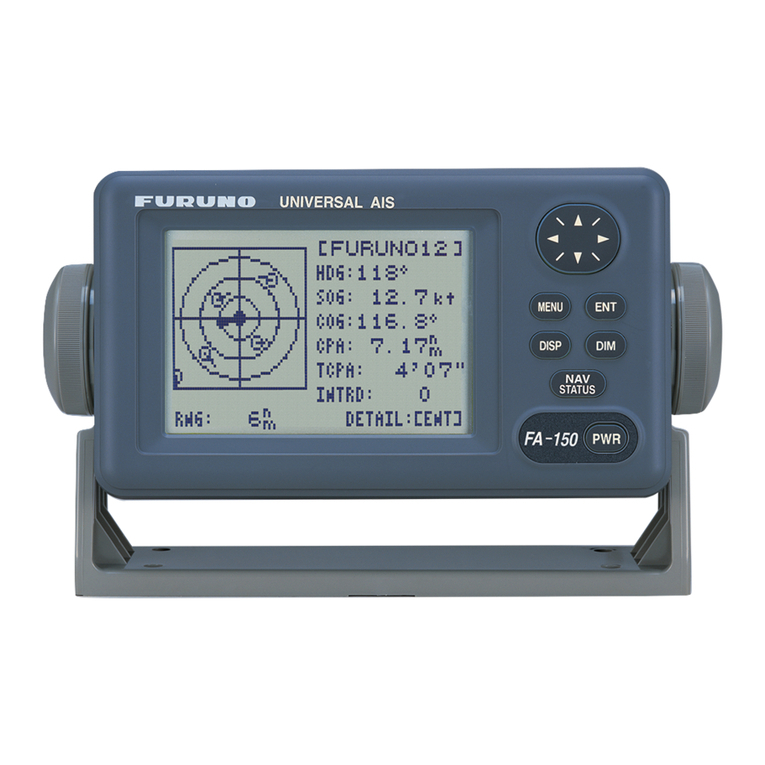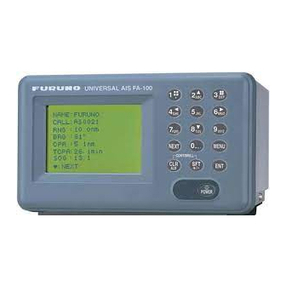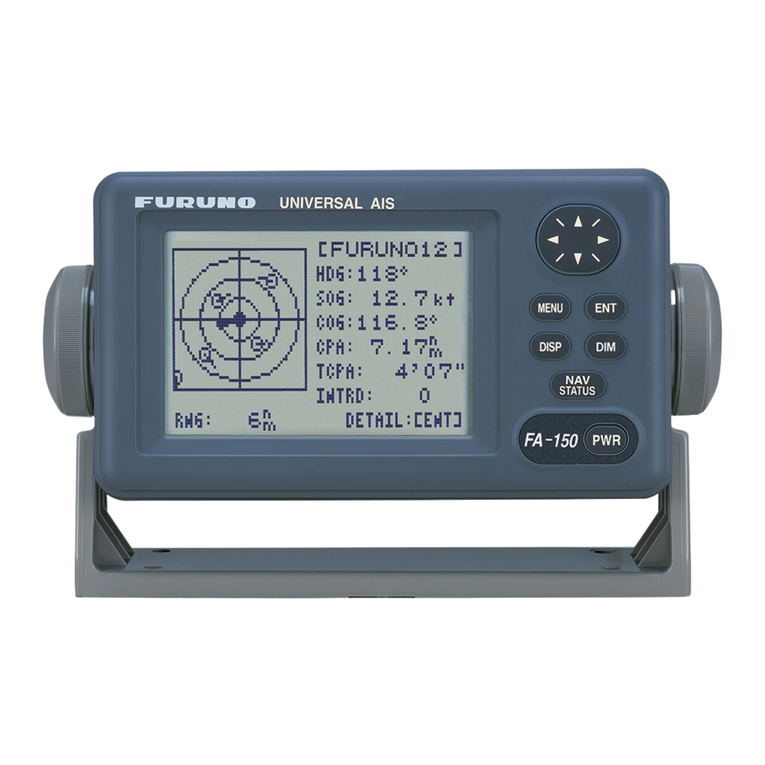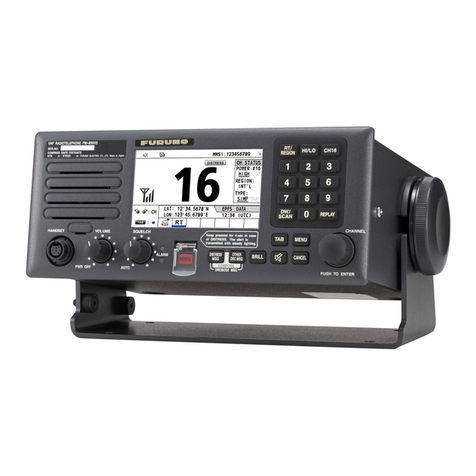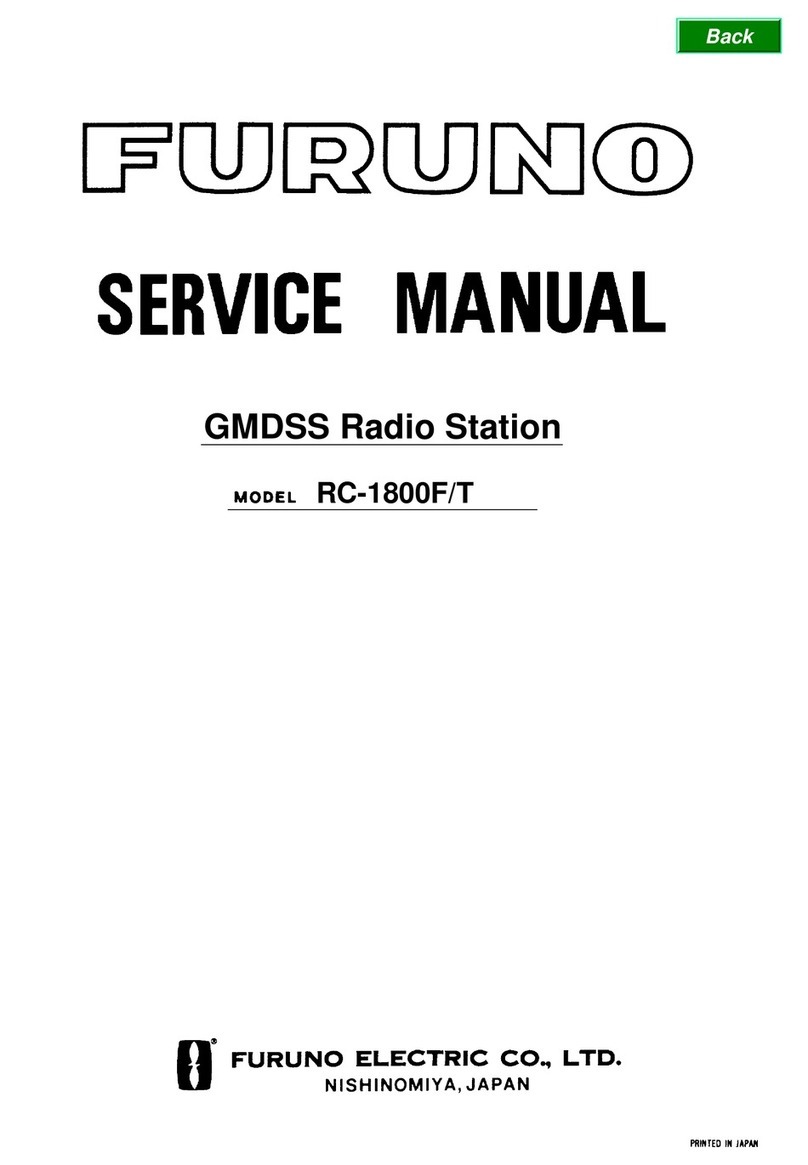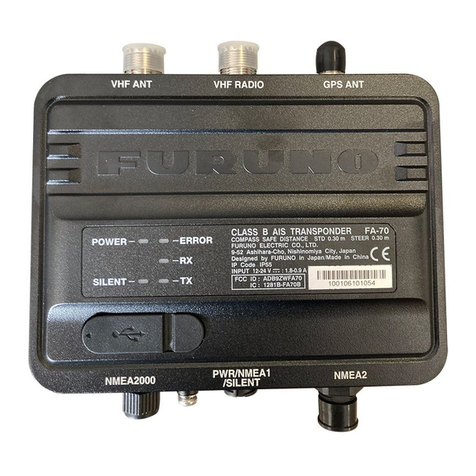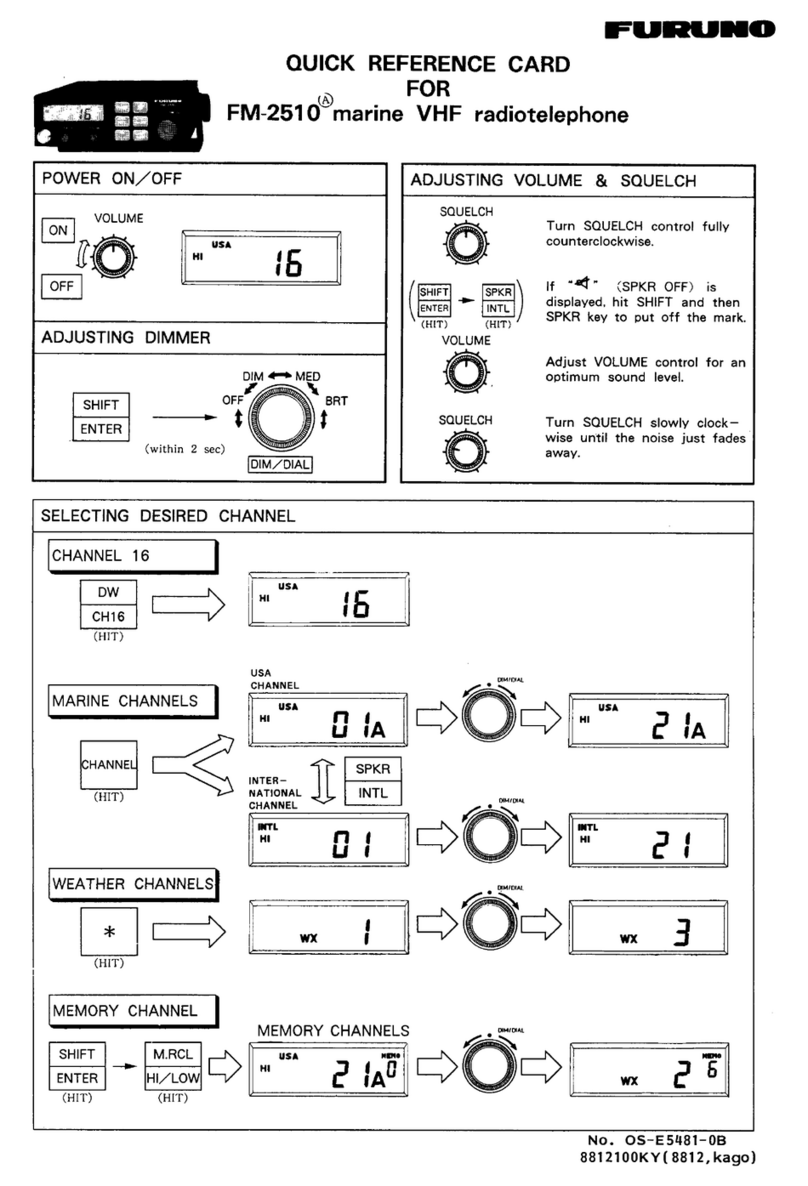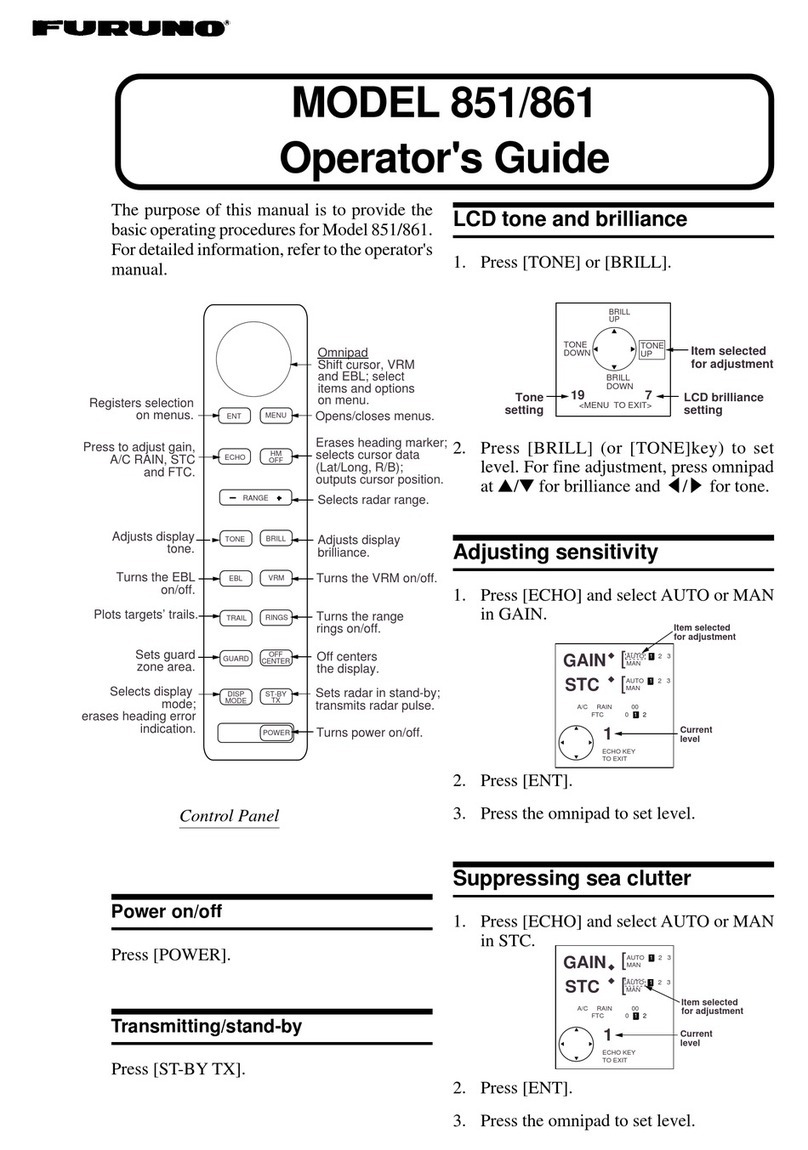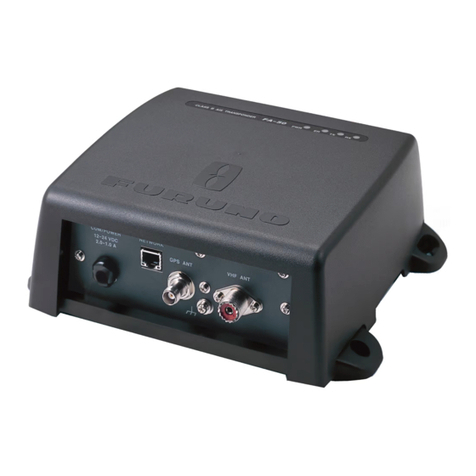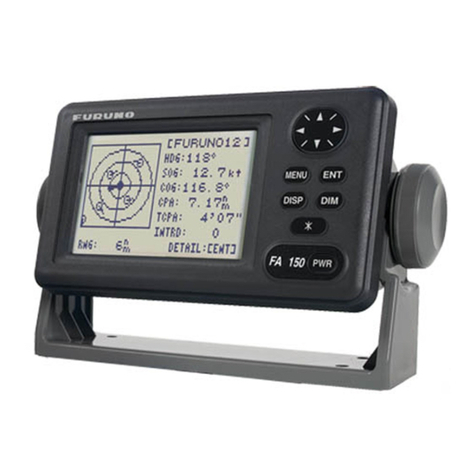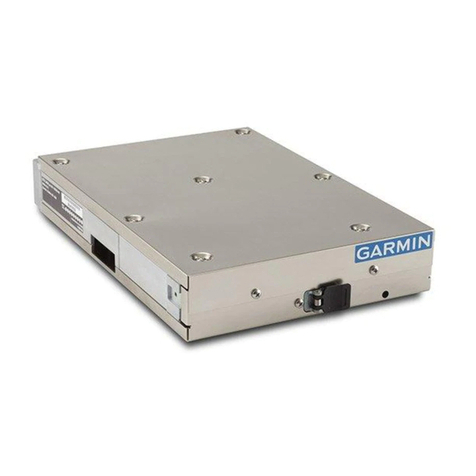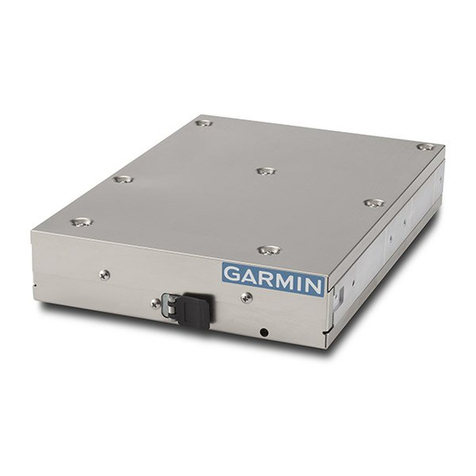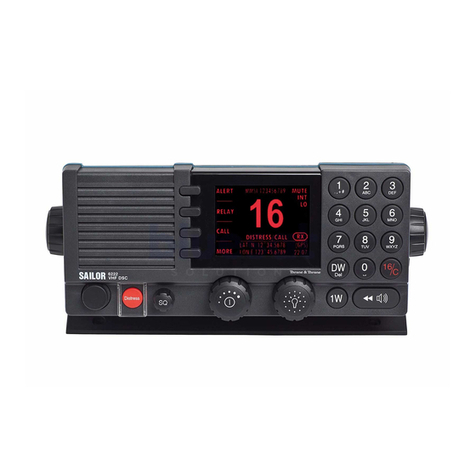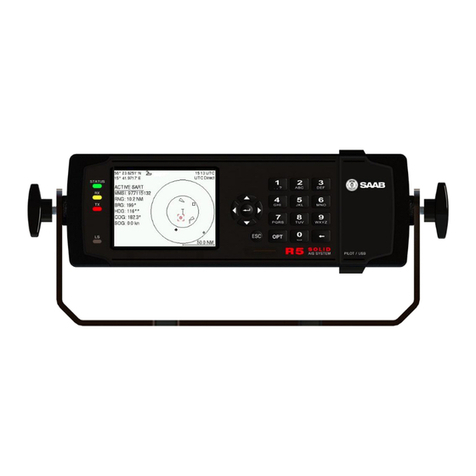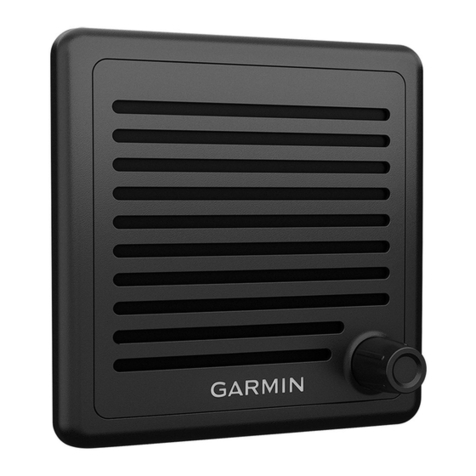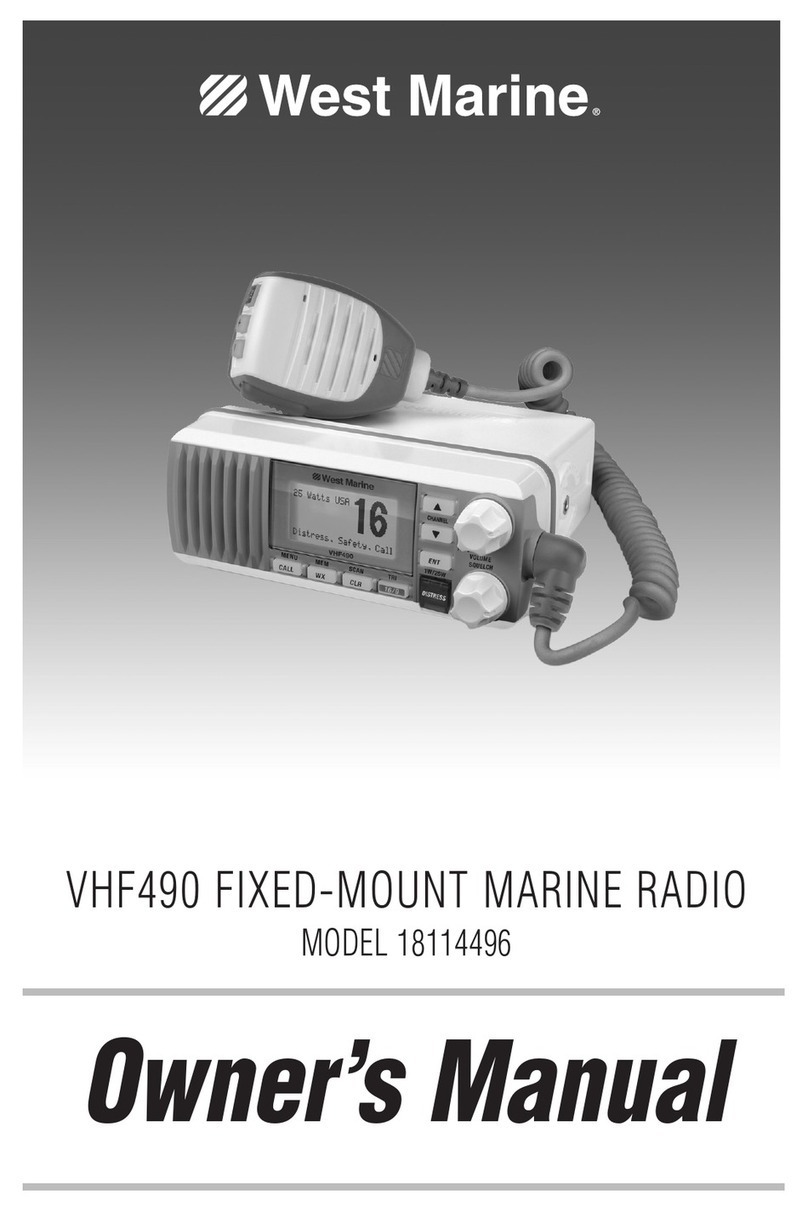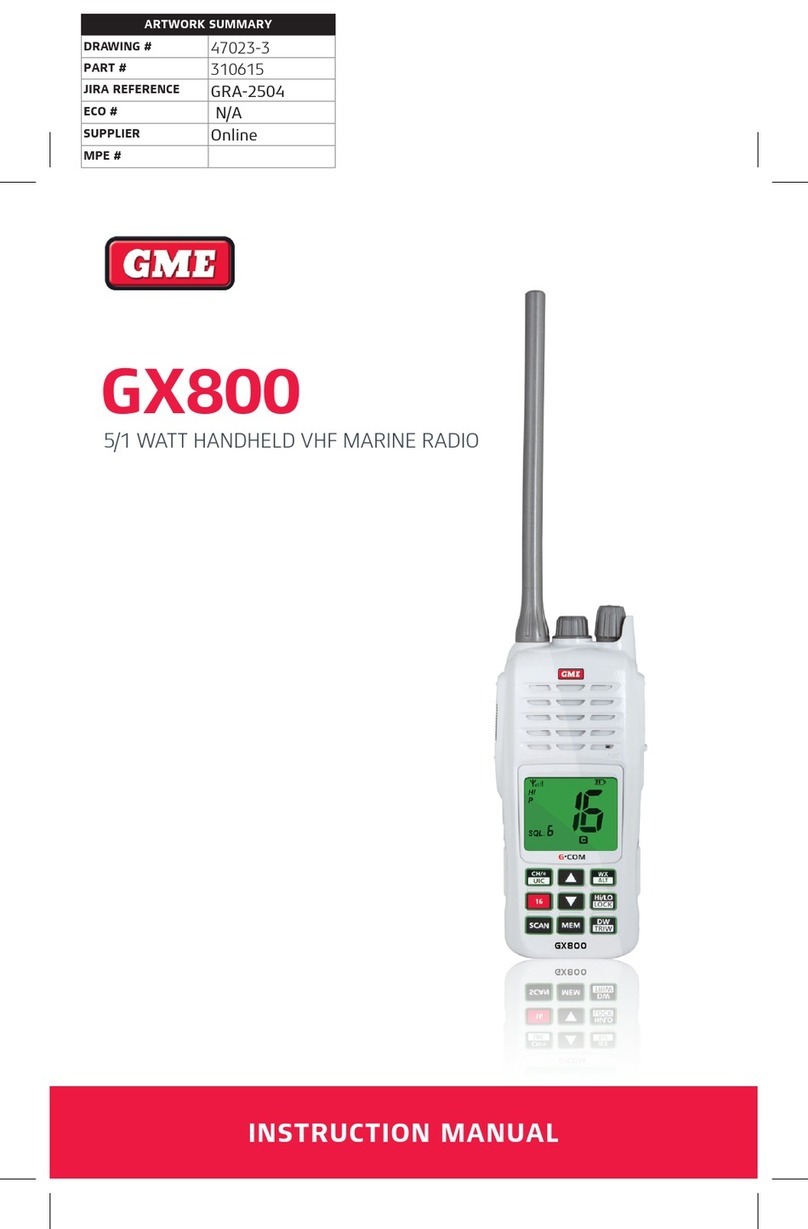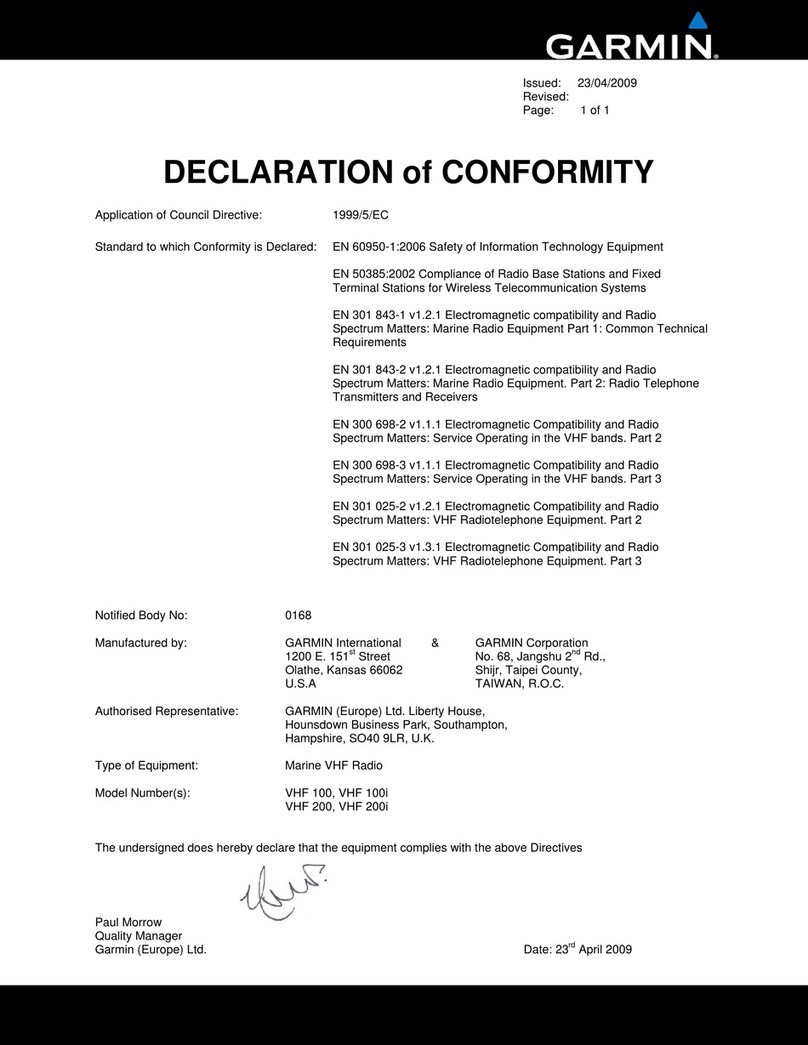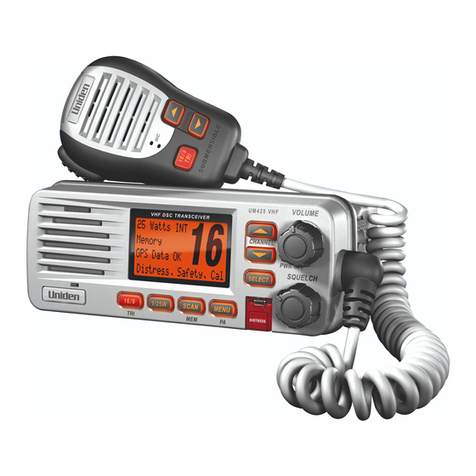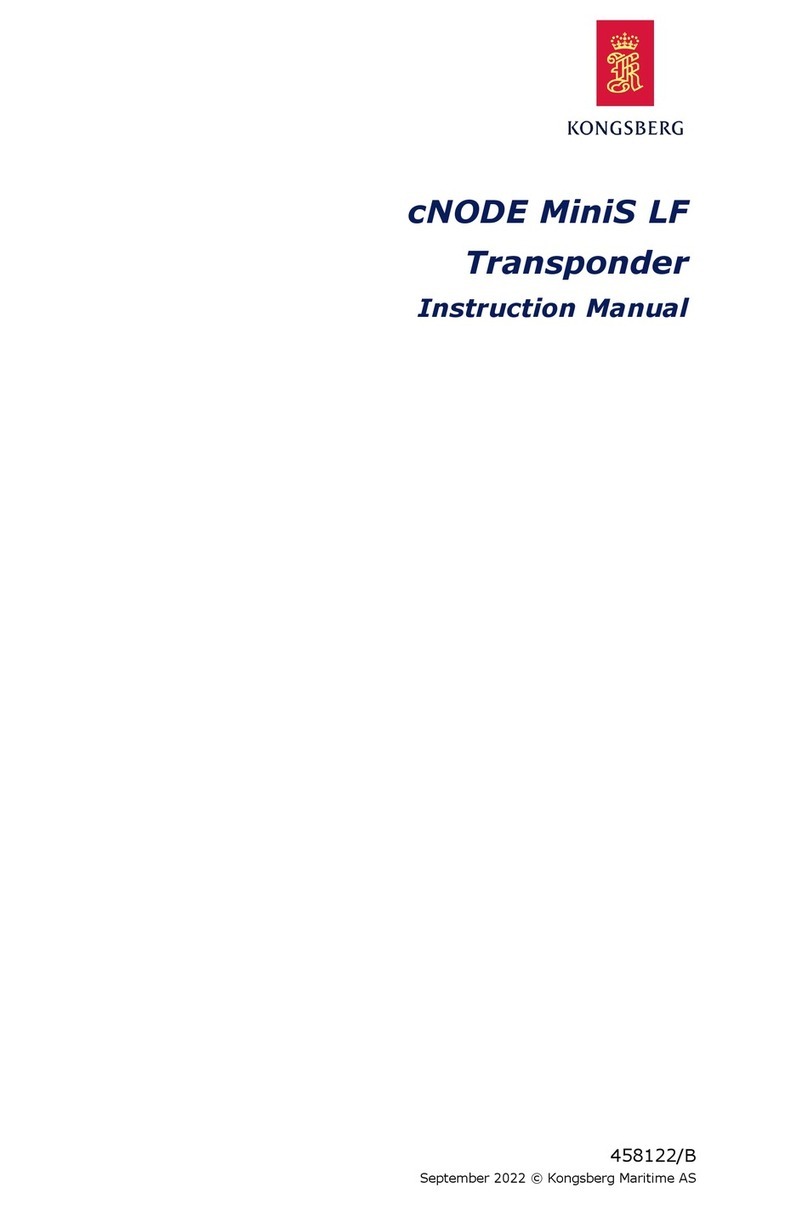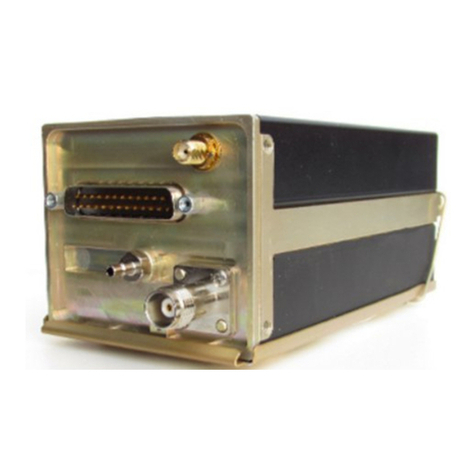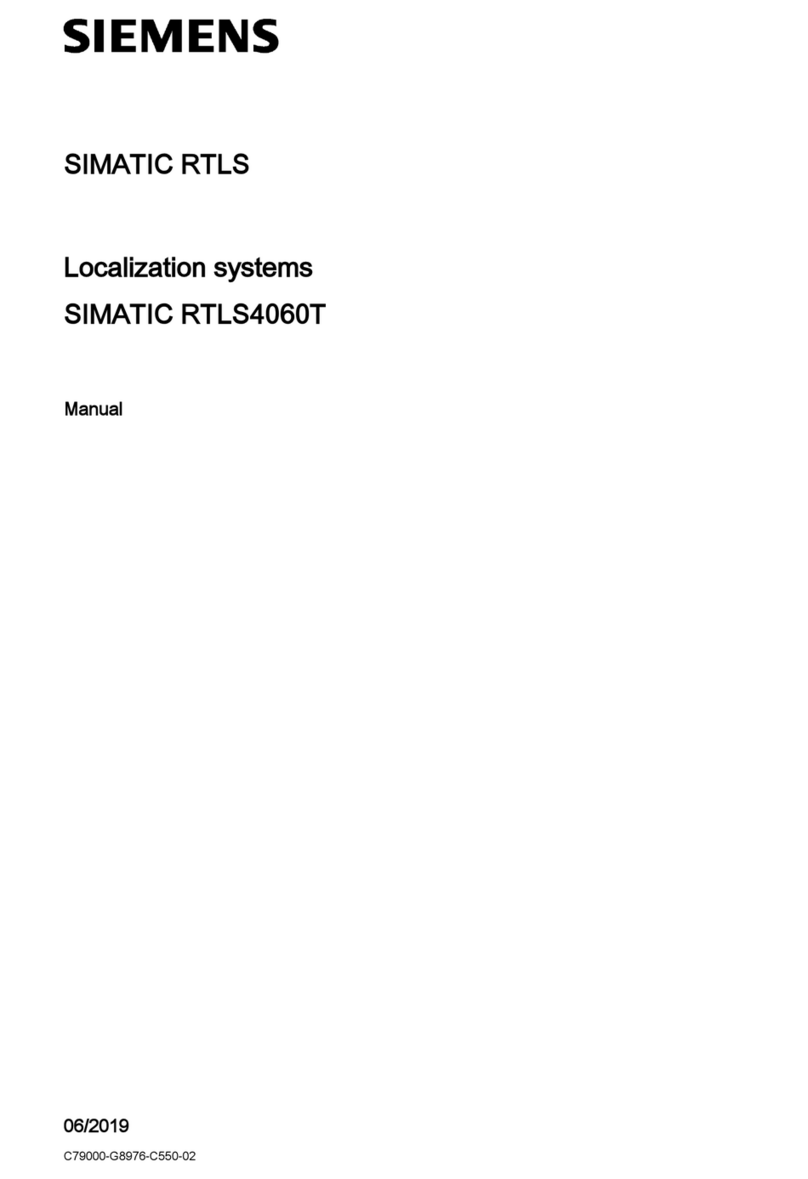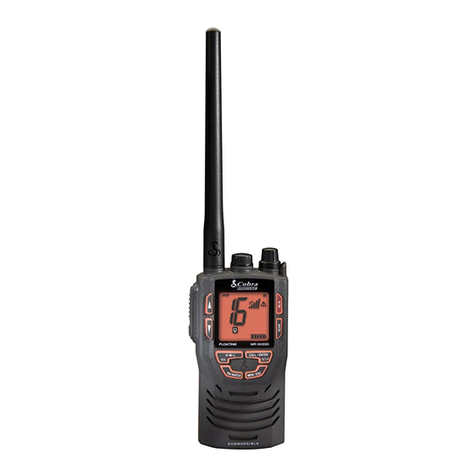
www.furuno.com
ll brand and product names are trademarks, registered trademarks or service marks of their respective holders.
Installation Manual
U-AIS TRANSPONDER
Model FA-150
SAFETY INSTRUCTIONS ................................................................................................ i
SYSTEM CONFIGURATION ........................................................................................... ii
EQUIPMENT LISTS........................................................................................................ iii
1. MOUNTING..............................................................................................................1-1
1.1 Antenna Units ....................................................................................................................1-1
1.2 Monitor Unit........................................................................................................................1-7
1.3 UAIS Transponder .............................................................................................................1-9
1.4 Power Supply (option)......................................................................................................1-10
1.5 Pilot Plug (option).............................................................................................................1-10
2. WIRING....................................................................................................................2-1
2.1 Connection.........................................................................................................................2-1
2.2 Changing Ship’s Mains Specifications...............................................................................2-4
3. SETTING AND ADJUSTMENT ...............................................................................3-1
3.1 Inland AIS Specific Settings...............................................................................................3-1
3.2 How to Set MMSI, IMO No., Name and Call Sign..............................................................3-4
3.3 How to Set GPS Antenna Position.....................................................................................3-5
3.4 How to Set Ship Type ........................................................................................................3-6
3.5 How to Set I/O Port............................................................................................................3-6
3.6 How to Set Long Range Channel ....................................................................................3-10
4. ATTACHING LAN KIT (OPTION)............................................................................4-1
5. IEC 61162-1/2 DATA SENTENCES ........................................................................5-1
APPENDIX 1 JIS CABLE GUIDE .............................................................................AP-1
PACKING LISTS ......................................................................................................... A-1
OUTLINE DRAWINGS ................................................................................................ D-1
INTERCONNECTION DIAGRAM ................................................................................ S-1
